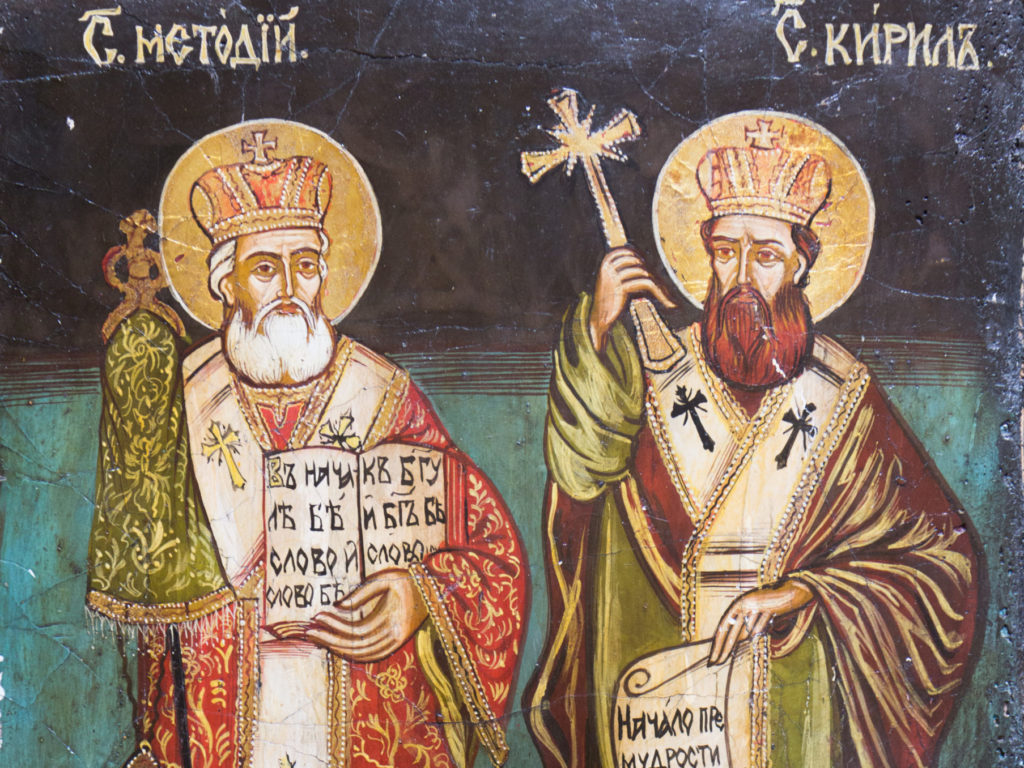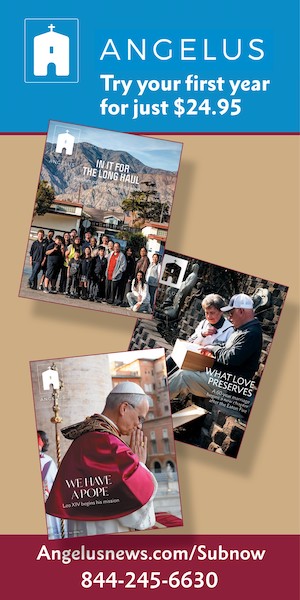I love the month of February. I love it because its midpoint is such a great holiday. You romantics out there know right away that I’m talking about Feb. 14, the great feast day of love, love, love — the memorial of Sts. Cyril and Methodius.
I know, I know: Feb. 14 is also the feast of a Roman martyr, St. Valentine. But my mind is very much on the ninth-century apostles to the Slavic peoples. They were brothers born into privilege, a senatorial family in Thessalonica, Greece. Cyril was a professor by training. Methodius was a governor. Both received the call and became monks and then missionaries.
The Byzantine Emperor Michael III sent them to evangelize the Khazars in what is now Russia. From there they went on to other lands, other peoples who did not know Jesus. They were prodigiously successful. Their preaching and example won many hearts, and made the people want more. The new Christians begged to have the Scriptures and the liturgy translated into their own tongue and taught to native-born priests. Cyril recognized that the local languages could not accommodate such a project. So he did something outlandish. He invented a new alphabet, and with his brother he translated the Gospels and the sacramental liturgies into Slavonic.
Why am I so fascinated by two men who died so long ago in such a faraway place? Because they’re models for us in the work we must do today. Cyril and Methodius wanted the world to know God’s saving Word and receive it from the heart of the Church, which is the liturgy. In their zeal they were willing to advance the state of technology for the sake of the Gospel.
I want to have that attitude, and I want you to share it. Like those two brothers, we live in a time of great change. World powers are shifting. New communications technologies are appearing. We can worry over how these changes will affect us — or we can find ways to make them occasions for the advancement of the Gospel.
We can dare to use new media and new circumstances in new ways, so that ever more people will come to know Jesus “in the breaking of the bread.”
Cyril and Methodius succeeded, after all, and the Slavic world turned to Jesus Christ.
St. Cyril’s relics reside today at the Basilica of San Clemente in Rome. Quite recently I heard of a visit there from an Eastern European head of state. He was taken to the underground level of the basilica, where the artworks date to the fifth century. At some point it dawned on him: He was standing where Cyril had once stood and viewing the same walls that Cyril had once viewed. He asked the tour guide to stop speaking. “Can we just pray?” he said. And together the entourage recited the Lord’s Prayer — in a language invented by Cyril for that purpose, and more than a full millennium after Cyril’s last words on earth.

